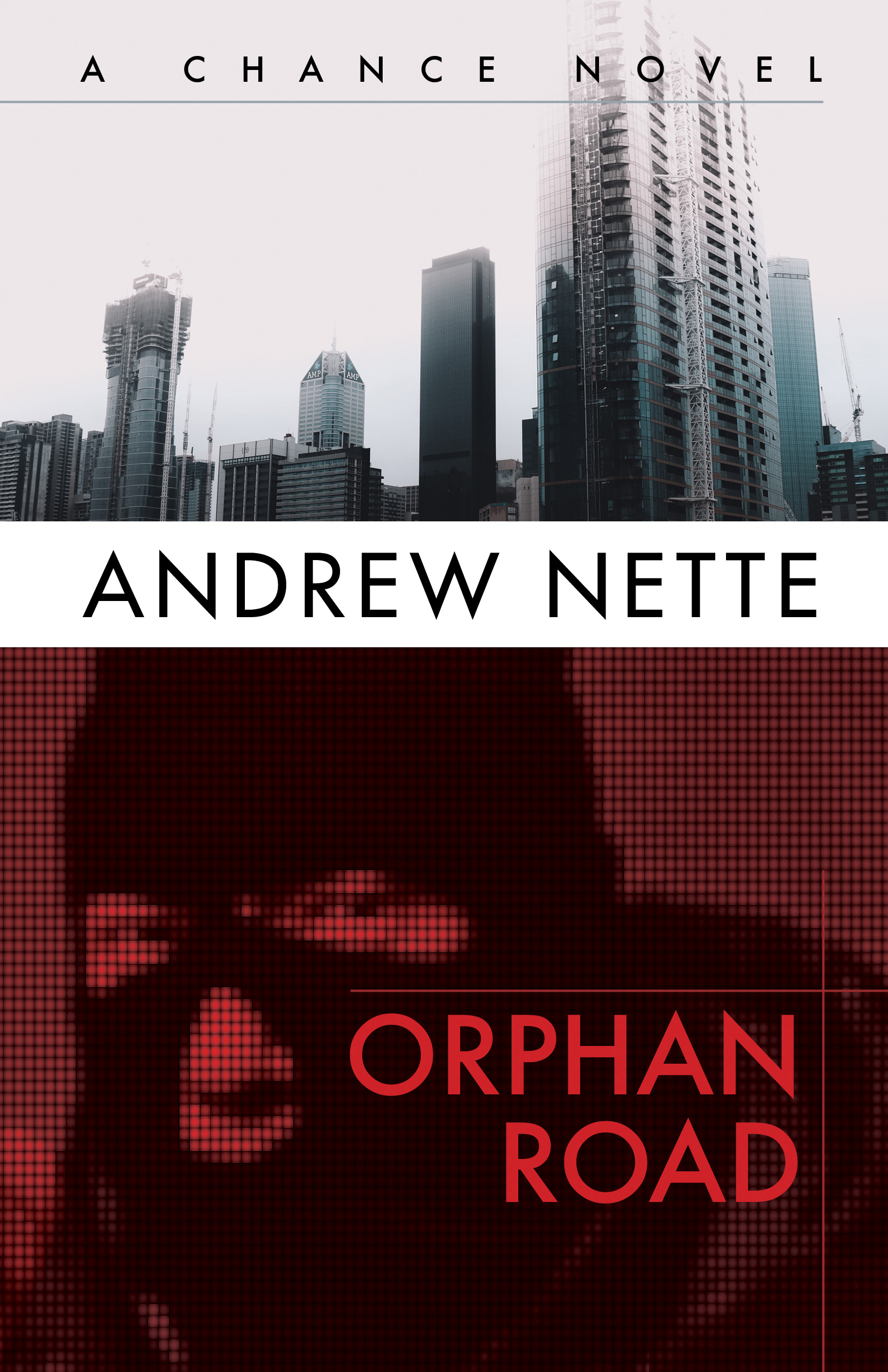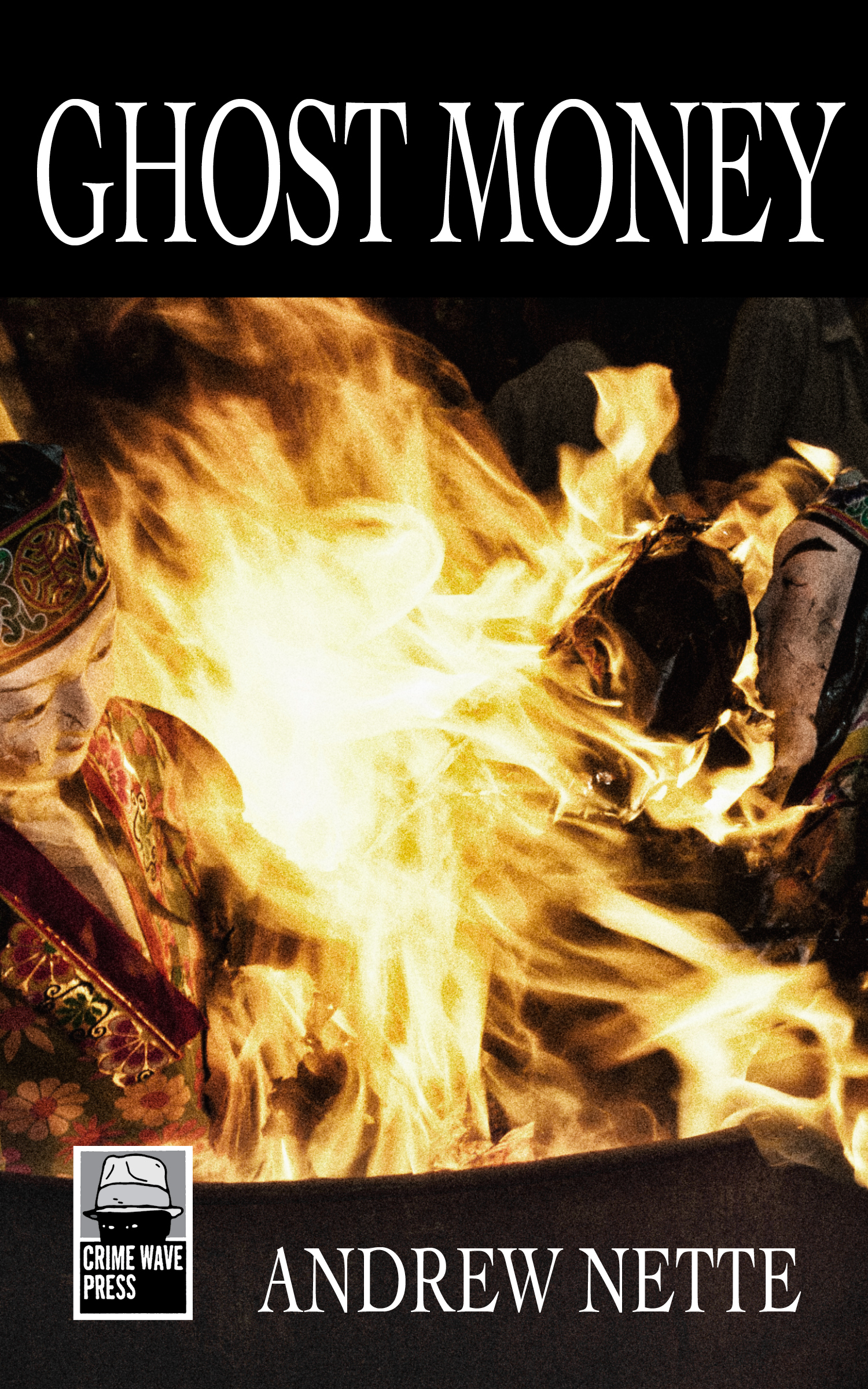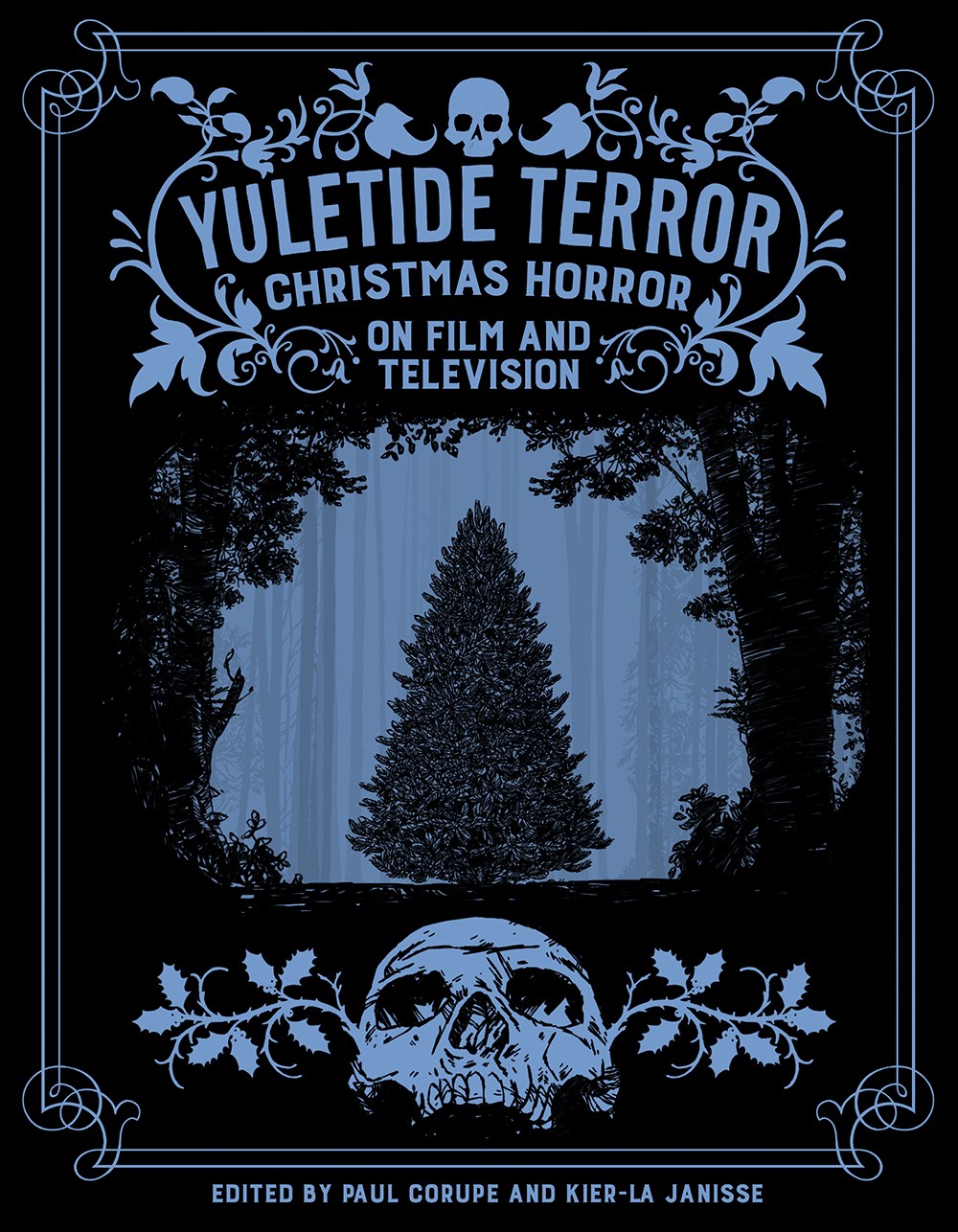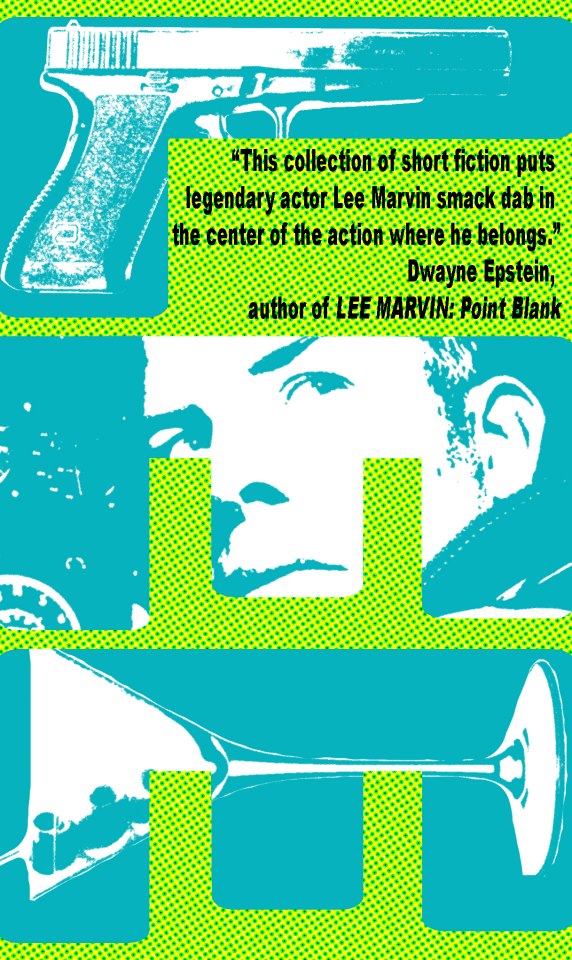Search
-
Recent Posts
- Dishing up Pulp Curry in a new way: why I am starting a Substack newsletter
- Book reviews: Deadly dames, midcentury Brit pulp and 1970s science fiction
- Mackenna’s Gold (1969): Gold, Ghosts and Frontier Violence
- Orphan Road book launch
- Orphan Road now available
- Pre-orders open for my new novel, Orphan Road
- Cover reveal: Orphan Road, my follow up to Gunshine State
- Breakfast in the Ruins podcast: New English Library Bikermania
- Why 1973 was the year Sidney Lumet took on police corruption
- Men’s Adventure Quarterly: Gang Girls issue
Categories
- 1960s American crime films
- 1970s American crime films
- 1980s American crime films
- 1990s American crime films
- Adrian McKinty
- Albert Dekker
- Andre De Toth
- Angela Savage
- Angie Dickinson
- Anthony Zerbe
- Asian noir
- Australian crime fiction
- Australian crime film
- Australian noir
- Australian popular culture
- Australian pulp fiction
- Australian television history
- Ava Gardner
- Beat culture
- Belmont Tower Books
- Ben Wheatley
- Billie Whitelaw
- Black pulp fiction
- Blaxsploitation
- Book cover design
- Book Reviews
- British crime cinema
- British pulp fiction
- Bryan Brown
- Burt Lancaster
- Carter Brown
- Charles Durning
- Charles Willeford
- Chester Himes
- Christopher G Moore
- Christopher Lee
- Cinema culture
- Claude Atkins
- Coronet Books
- Crawford Productions
- Crime Factory
- Crime Factory Publications
- Crime fiction
- Crime fiction and film from Africa
- Crime fiction and film from Cambodia
- Crime fiction and film from China
- Crime fiction and film from India
- Crime fiction and film from Indonesia
- Crime fiction and film from Japan
- Crime fiction and film from Laos
- Crime fiction and film from Latin and Central America
- Crime fiction and film from Malaysia
- Crime fiction and film from New Zealand
- Crime fiction and film from Scandinavia
- Crime fiction and film from Singapore
- Crime fiction and film from South Korea
- Crime fiction and film from Thailand
- Crime fiction and film from the Philippines
- Crime Fiction and film set in Vietnam
- Crime film
- Dangerous Visions and New Worlds Radical Science Fiction 1950 to 1985
- David Goodis
- David Peace
- David Whish-Wilson
- Derek Raymond
- Diana Dors
- Dirk Bogarde
- Don Siegel
- Don Winslow
- Donald Westlake aka Richard Stark
- Dystopian cinema
- Ernest Borgnine
- Eurocrime
- Fawcett Gold Medal Books
- Femme fatale
- Fernando Di Leo
- Filipino genre films
- Film Noir
- Forgotten Melbourne
- French cinema
- French crime fiction
- Garry Disher
- Gene Hackman
- George V Higgins
- Georges Simenon
- Ghost Money
- Giallo cinema
- Gil Brewer
- Girl Gangs, Biker Boys and Real Cool Cats: Pulp Fiction & Youth Culture, 1950-1980
- Gloria Grahame
- Gold Star Publications
- Gregory Peck
- Gunshine State
- Heist films
- Horror
- Horwitz Publications
- Humphrey Bogart
- Ian Fleming
- Interviews
- Ira Levin
- James Caan
- James Crumley
- James Ellroy
- James Hadley Chase
- James Woods
- Jim Brown
- Jim Thompson
- Joel Edgerton
- John Frankenheimer
- Joseph Losey
- Karen Black
- Kerry Greenwood
- Kinji Fukasaku
- Larry Kent
- Laura Elizabeth Woolett
- Lee Marvin
- Leigh Redhead
- Lindy Cameron
- M Emmet Walsh
- Mad Max
- Mafia
- Malla Nunn
- Martin Limon
- Megan Abbott
- Melbourne International Film Festival
- Melbourne Writers Festival
- Men's Adventure Magazines
- Michael Caine
- Michael Fassbender
- Mickey Spillane
- Monarch Books
- Ned Kelly Awards
- Neo Noir
- New English Library
- Newton Thornburg
- Noir Con
- Noir fiction
- Non-crime reviews
- Oren Moverman
- Orphan Road
- Ozsploitation
- Pan Books
- Parker
- Paul Newman
- Peter Boyle
- Peter Corris
- Peter Strickland
- Peter Yates
- Poliziotteschi
- Pulp fiction
- Pulp fiction in the 70s and 80s
- Pulp fiction set in Asia
- Pulp Friday
- Pulp paperback cover art
- Qui Xiaolong
- Raymond Chandler
- Richard Burton
- Richard Conte
- Robert Aldrich
- Robert Mitchum
- Robert Ryan
- Robert Stone
- Rock Hudson
- Roger Smith
- Rollerball
- Rosaleen Norton
- Roy Scheider
- Rural noir
- Sam Levene
- Sam Peckinpah
- Samuel Fuller
- Science fiction and fantasy
- Scripts Publications
- Sidney Lumet
- Sidney Poitier
- Simon Harvester
- Snowtown
- Snubnose Press
- Spies
- Stanley Baker
- Sterling Hayden
- Steve McQueen
- Sticking it the the Man Revolution and Counter Culture in Pulp and Popular Fiction 1950 1980
- Stuart Rosenberg
- Tandem Books
- Tart noir
- Tartan Noir
- Ted Lewis
- Toni Johnson Woods
- True crime
- Vicki Hendricks
- Victor Mature
- Vintage mug shots
- Vintage pulp paperback covers
- Wallace Stroby
- War film
- Westerns
- William Friedkin
- Woody Strode
- Yakuza films
- Yaphet Kotto
Nothing but noir
Recommended reading
The lurid world of pulp
- 20th century Danny Boy
- American Pulps
- Bear Alley
- Bloody, Spicy, Books
- Comics Down Under
- Everything second hand
- Existential Ennui
- Greenleaf Classic Books
- Irv O. Neil's Erotica is My Trade
- Killer Covers
- Lost Classics of Teen Lit 1939-1989
- Luminist Archives
- Men's Pulp Mags
- Mporcius Fiction Log
- Murder, Mayhem and Long Dogs
- Neglected Books
- Nocturnal Revelries
- Paperback Warrior
- Paperbacks of the Gods
- Pop Sensation
- Pulp artists
- Pulp Covers
- Pulp Crazy
- Pulp Flakes
- Pulp International
- Pulp Magazines Project
- Pulp Serenade
- Realms of the Night
- Romance Fiction Has a History
- Rough Edges
- Sin Street Sleaze
- Spy Guys and Gals
- The department of Afro American Research Arts & Culture
- The Dusty Bookcase
- The Haunted World of Richard Sala
- The Moon Lens
- The Nick Carter & Carter Brown Blog
- The Pulp & Paperback Fiction Reader
- Too Much Horror Fiction
- True Pulp Fiction
- Vault of Horror
- Vintage Nurse Romance Novels
- Vintage Romance Novels
- Welcome to the Pan Paperback
- Yellow and Creased
Support This Site
If you like what I do please support me on Ko-fi
Category Archives: Fawcett Gold Medal Books
Pulp Friday: The Man Who Fell to Earth
 Like so many people, I was enormously saddened by news this week of the death of David Bowie, from cancer at the age of 69.
Like so many people, I was enormously saddened by news this week of the death of David Bowie, from cancer at the age of 69.
There is no need for me to replicate all the sentiments that have been expressed elsewhere about Bowie’s passing, except to say that for me, as for so many of you, his death has left a huge hole in my popular culture landscape and the world is a less interesting place without him.
I did want to do something on this site to commemorate Bowie, however. And what better way to pay tribute to the man who once said his perfect idea of happiness is reading, than through books. So, my first Pulp Friday offering for 2016 is dedicated to the wonderful David Bowie: a selection of paperback tie ins for The Man Who Fell to Earth, directed by Nicolas Roeg, released in 1976.
It was only when I was doing research for an article on the ‘David Bowie Is’ exception that toured Melbourne last year, that I discovered The Man Who Fell to Earth was a book before it was a film. The Man Who Fell to Earth was first published in 1961. It was written by US novelist Walter Tevis whose debut work, The Hustler, featured as a Pulp Friday post here in 2013.… Read more
Posted in Fawcett Gold Medal Books, Pan Books, Pulp fiction, Pulp fiction in the 70s and 80s, Pulp Friday, Pulp paperback cover art, Science fiction and fantasy, Vintage pulp paperback covers
Tagged Candy Clark, David Bowie, Nicolas Roeg, Rip Torn, The Hustler, The Man Who Fell to Earth, Walter Tevis
Pulp Friday: The Name of the Game is Death
Today’s Pulp Friday offering will be familiar to fans of hardboiled crime fiction, the 1972 edition of The Name of the Game Is Death, by Dan J Marlowe, published by Fawcett Gold Medal.
Although Marlowe is not well known today, aficionados acknowledge he had a major impact on the genre. His books are often compared to Jim Thompson and he influenced writers such as Steven King, and no doubt many others.
I first heard of The Name of the Game is Death during an interview I conducted last year with New Jersey-based Wallace Stroby for issue 17 of Crime Factory (that interview is available in full here). I asked Stroby about some of the lesser-known sixties pulp paperback crime writers who had influenced him, and he nominated Marlowe and, in particular, this book.
Originally published in 1962, The Name of the Game Is Death begins with three criminals pulling a bank heist in Phoenix, Arizona. One of the team is killed in the attempted getaway, another flees to Florida with the money, while the third, the narrator, plans to meet up with him later when police attention has died down. When the accomplice breaks contact, the narrator suspects something is up and travels to the small town from which the accomplice last contacted him, to see for himself what has happened.… Read more
Pulp Friday: The Art of Robert E McGinnis
 My first Pulp Friday post for 2015 is a selection of pulp paperback covers from my collection illustrated by Robert E McGinnis.
My first Pulp Friday post for 2015 is a selection of pulp paperback covers from my collection illustrated by Robert E McGinnis.
I have been keen to do a McGinnis related post on this site ever since picking up a copy of The Art of Robert E McGinnis, published by Titan Books, during my travels in the US late last year.
Most Pulp Curry readers will be familiar with McGinnis, whose striking illustrations appeared on the covers of numerous pulp novels and who is still working at the age of nearly ninety, doing the occasional cover for the Hard Case Crime imprint.
One of the main reasons there is so much contemporary interest in pulp fiction of the fifties and sixties is the striking cover art. I find this interesting given that it is often the aspect of pulp fiction we know the least about. The artists behind the wonderfully lurid images that grace the covers of most pulp books are seldom acknowledged and we know very little about most of these people and how they worked.
McGinnis was an exception. His images, including his signature illustrations of femme fatales and other female pulp characters, are well known and have appeared on books by authors as diverse as Lawrence Block, Jim Thompson, Erskine Caldwell and the US editions of Australian pulp writer Alan Geoffrey Yates, aka Carter Brown, to name just a few.… Read more






















